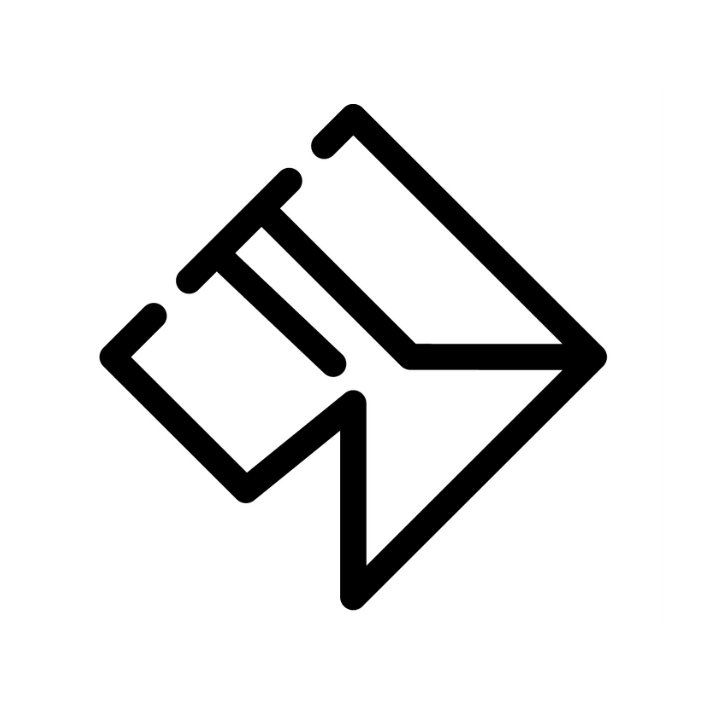The types of bids in Google Ads, which one should you use?
In this blog we are going to talk about the types of bids that there are in Google Ads, so that you know how Google charges you your money, and we will also tell you which types of bids are the most effective. When creating the campaign, there is a section where you can select the bid type. In this parameter we are telling Google how we want to charge, depending on the objective we have with the campaign.
Which one should we use?
Google by default, when we create a campaign, selects the offer to maximize conversions. If we look just below, there is an option that says "select offer type". Once clicked, we will see all the bid types we have, so we can select between them.
Let's summarize what each of these types of offerings consist of
CPA or cost per acquisition :
This type of bidding is to determine how much we are willing to pay Google for a conversion. Google will focus on showing the ad to a certain number of people who can create conversions. The goal that Google will have with this type of bidding is to get conversions without exceeding the target CPA. If we have selected €14 as the target CPA, Google will give you one conversion every €14. The conversion is decided by us, i.e. it can be a phone call, a form or even an online sale. If you are creating your first campaign, you don't really know what your cost per conversion is. It is a type of bidding that you can use once you have achieved conversions and you know what the price is to get a conversion.
Manual Bidding:
Manual bidding allows you to set a specific amount you are willing to pay per click on your ads. It is ideal if you want total control over your ad spend and are willing to adjust bids on a regular basis. This strategy is recommended for small campaigns or when you want to closely control your budget.
Automatic Bidding:
Automatic bidding uses Google's machine learning to adjust bids based on a variety of factors, such as user location, device, time of day and user behavior. This can help you maximize the performance of your ads efficiently. It is recommended for campaigns with a significant volume of data and when you want to optimize for conversions.
Maximize Conversions:
This bidding strategy is designed to maximize the number of conversions you get within a given budget. Google automatically adjusts bids to get the maximum amount of conversions possible. With this bidding we are telling Google that we want it to focus the budget on getting the maximum conversions possible. It can be a good option when the main goal of your campaign is to generate conversions, such as sales or registrations.
Maximize Conversion Value Bidding:
Similar to bidding to maximize conversions, this strategy focuses on maximizing the value of conversions, not just the quantity. Google will adjust bids to obtain the highest possible conversion value within your budget. It is recommended for campaigns where the value of each conversion is variable, such as sales with different values.
ROAS Objective (Return on Advertising Investment):
The ROAS target bidding strategy focuses on maximizing the return on advertising investment. You can set a ROAS goal and Google will adjust bids to achieve that goal. This is valuable for campaigns where the value of conversions varies significantly and you want to get the maximum return on your ad spend.
For example, we can select the option ROAS x 4, with this option we will be communicating to Google that our intention is to multiply each invested euro by 4.
Visibility Objective:
This strategy focuses on increasing the visibility of your ads, which means that Google will adjust bids so that your ads appear more frequently in search results. It is useful if your goal is to increase the visibility of your brand or product. In branding campaigns it is a type of bidding that is widely used.
Enhanced CPC:
The Enhanced CPC bidding strategy allows you to set a maximum bid limit, but Google can adjust your bids to maximize conversions. It is an intermediate option between manual bidding and automatic bidding.
Maximum CPC:
In this strategy, you set the maximum amount you are willing to pay per click and Google will keep your bids within that limit. It is suitable when you want tight control over your ad spend, but do not automatically optimize for other objectives.
This is one of the bids you should use if you are starting in Google Ads. First do a market research , use the keyword tool planner, to see what is the average cost of each keyword. This will help you select an appropriate budget for each click or CPC.
Conclusions:
The choice of bidding strategy in Google Ads will depend on your specific campaign objectives, the size of your budget and the amount of data available. In general, automatic bidding strategies, such as "Maximize Conversions" or "Target ROAS", are recommended for campaigns with a considerable amount of data and clear conversion goals. However, manual strategies may be more appropriate if you want more precise control over your ad spend. Remember that the key to success in Google Ads is not only in the bidding strategy, but also in the quality of your ads, the relevance of your keywords and the constant optimization of your campaigns. Experiment with different strategies and track the results to find the one that best suits your specific needs. I hope this blog will help you understand the different types of bidding strategies in Google Ads and when it is advisable to use each one.
If you have more questions or need more information, don't hesitate to ask!
>>Clic aquí para una videollamada de asesoramiento gratuita<<


